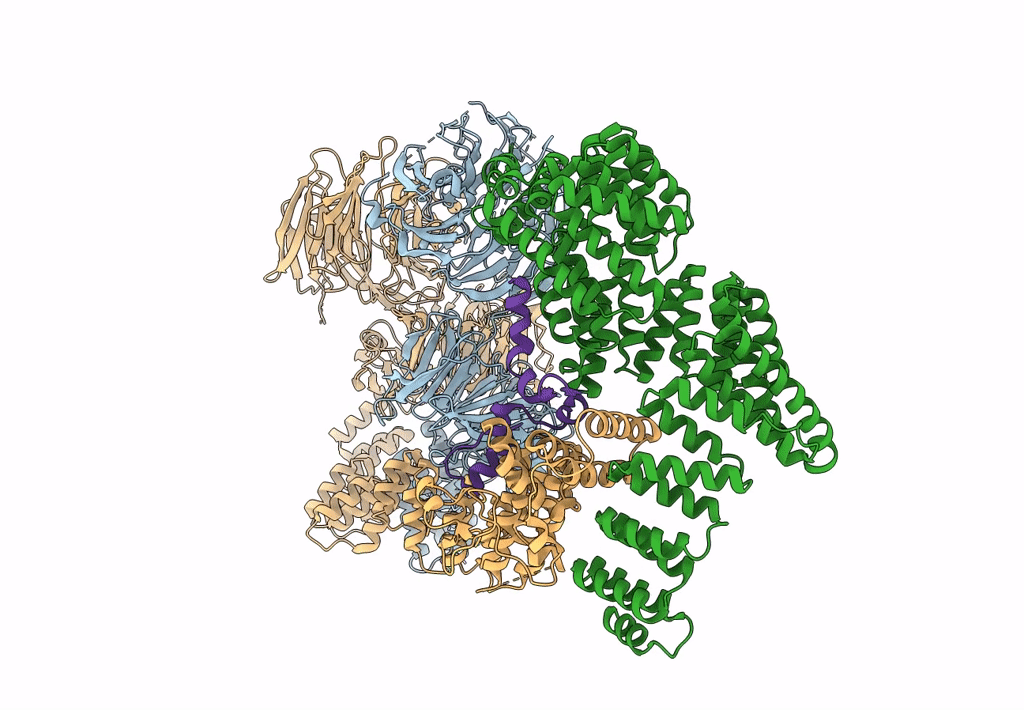
Deposition Date
2022-10-12
Release Date
2022-12-21
Last Version Date
2024-07-24
Method Details:
Experimental Method:
Resolution:
3.50 Å
Aggregation State:
PARTICLE
Reconstruction Method:
SINGLE PARTICLE


